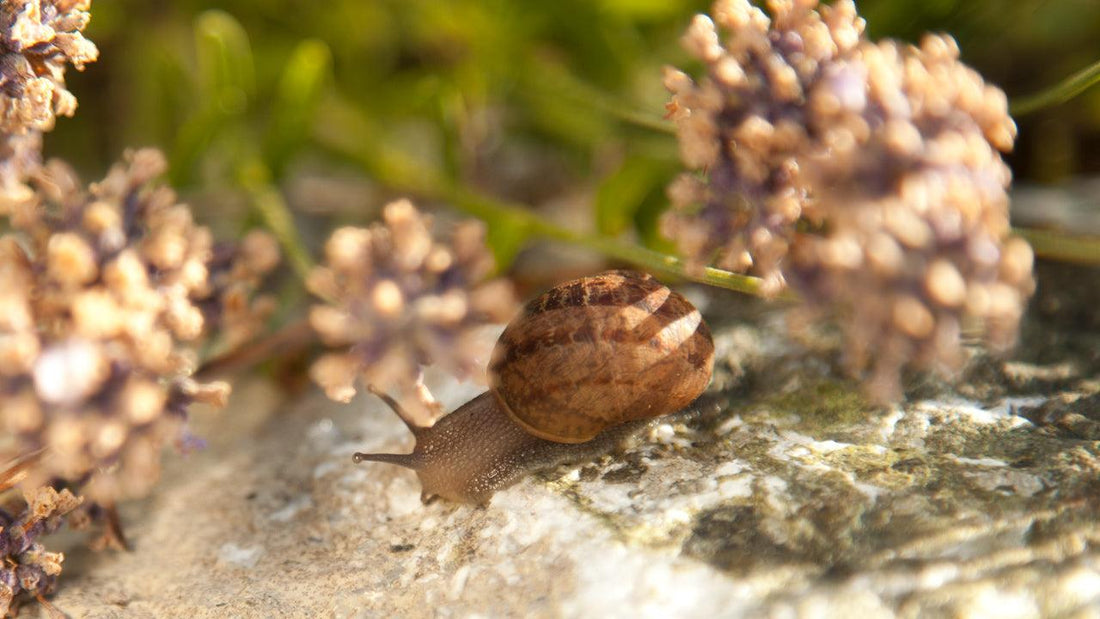Introduction
We all want our gardens to be as healthy as possible, both for our families and for Mother Nature. So when bugs attack and you reach for your organic pesticides, it is important to apply them when and how they will be most effective against those pests.
By applying them effectively, you will maximize your success in controlling the pest problem, while protecting the environment against the damages caused by excessive or incorrect pesticide application.
When applying a pesticide for your pest problem, it is important to ask “How will the pesticide work on the pests?” Pesticides can affect insects in two different ways: internally or externally. Knowing how your pesticide of choice works will help you to apply it in the best way to work against the pests in your garden. 
A Bug’s Last Meal
Pesticides that work internally are toxic only if eaten by the targeted pest. The toxic component of the pesticide may be a poison, such as Boron in ant bait, or it may be a disease that is fatal to the bug, such as Bacillus thuringiensis (Bt) for caterpillars.
An internal-type pesticide must be eaten by the pest in order for it to be effective. Internal-type pesticides must be applied in a way that the pest will want to eat it, such as being mixed with sweetener in ant bait, or by being applied to something the pest will already be eating so they ingest the pesticide as they eat your crops. It also means you must apply the pesticide when the pests are already present, and cannot be used as a preventative measure.
While it may seem counterproductive to allow the pest to keep eating your crops on which you sprayed an internal-type pesticide, this sacrificial offering is necessary in order to give the pests time and opportunity to get the full effect of the pesticide. Some internal-type pesticides take longer than others to have an effect once the bug eats it.
Don’t be discouraged if you still see the pests at first, as the pesticide may be working inside the pests but not yet killing them off. Neem oil, for example, inhibits the insects from eating more once they ingest the toxin, but the bug will continue to live on the plant for a few days before it dies. 
Some pesticides, such as Nolo bait for grasshoppers, continue to work on successive generations of pests without re-application, as the bait’s disease spreads through the grasshopper population.
It is important to allow the grasshoppers time to develop, spread, and succumb to the disease, and not resort to another pesticide in the meanwhile.
Make sure that you re-apply the pesticide at the correct times as indicated on the packaging; if it is rinsed off by rain or irrigation, or breaks down in the environment over time, you may need to repeat the application so that the pests can keep eating it and not just dine on your plants consequence-free. Internal-type pesticides are good choices for pests that hide from view and cannot be directly sprayed by external-type pesticides.
They are often species specific, such as Nolo bait for grasshoppers and B.t. for caterpillars. Pesticides that target a pest species are less likely to harm beneficial insects or other wildlife than broad-spectrum pesticides.
A Walk on the Pesticide
External-type or "contact pesticides" affect insects that physically come into contact with the pesticide. Some contact pesticides are poisonous to the bugs, such as pyrethrin. Some smother the bugs and suffocate them, such as horticultural oil.
Others kill the bugs by damaging their exoskeleton, such as diatomaceous earth that cuts them, and insecticidal soap that desiccates them.  Many contact pesticides are only effective when sprayed directly on the insect, such as pyrethrins, oils, and soaps.
Many contact pesticides are only effective when sprayed directly on the insect, such as pyrethrins, oils, and soaps.
These types of pesticides must be applied thoroughly to all surfaces of the affected plants while the pests are present, and cannot be used preventatively.
Because they only kill what they are sprayed on, they need to be re-applied with every new infestation. Some contact pesticides remain effective on the plant surface after application; these will continue to kill whatever insects come into contact with them for some time after the plants have been sprayed.
Follow the directions on the packaging to determine how frequently they need to be reapplied for the best effectiveness.  Many contact pesticides are not species specific and can harm beneficial insects as well as the pests.
Many contact pesticides are not species specific and can harm beneficial insects as well as the pests.
When selecting pesticides for your garden, choose bee-friendly pesticides for flowering plants, and spray in the early morning or late evening when bees are not active.
Protect the ladybugs and other predatory insects that help your garden by selecting the least toxic pesticide possible. For more information on how different classes of pesticides work, and which are considered safer for bees and other beneficials, check out Clemson Cooperative Extension publication HGIC 2770.
Note: Peaceful Valley does not recommend any particular pesticide to be used, read the description and labels, and use what is listed for the specific pest you want to target.


1 comment
On the bottle it doesn’t realy have a direct aplacations? Do I spray ? Do I mix with water ? I looked up online same thing no real direction but other ideas are applied like add to sweetener .